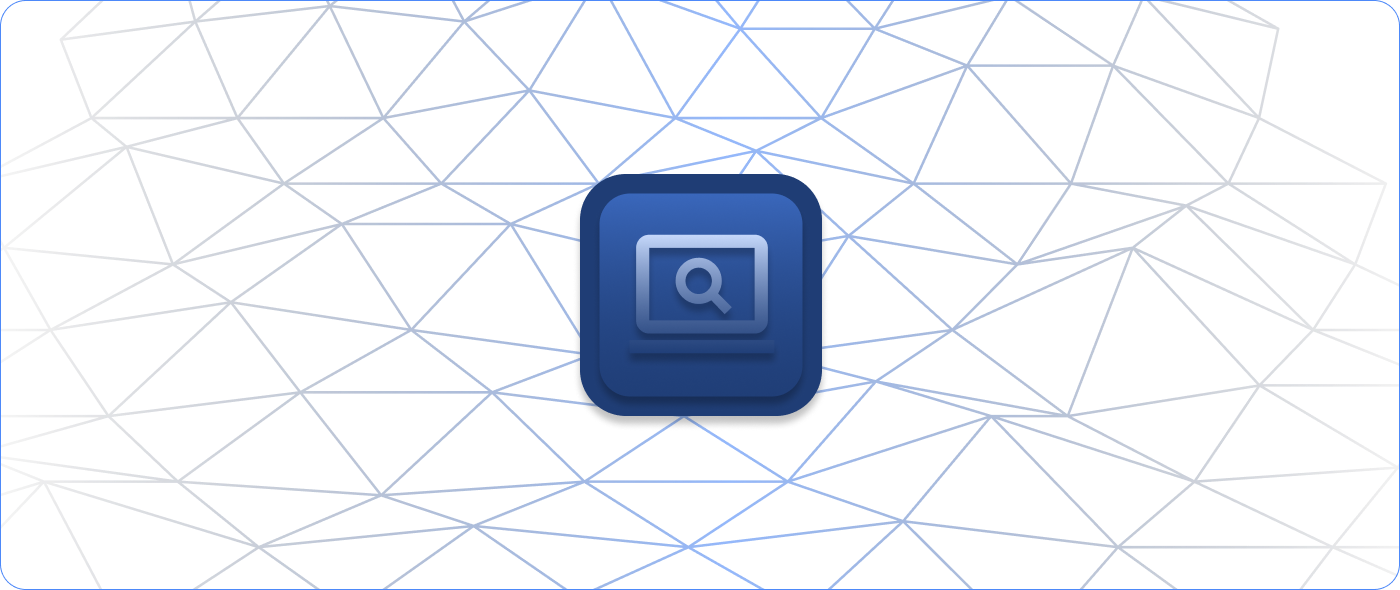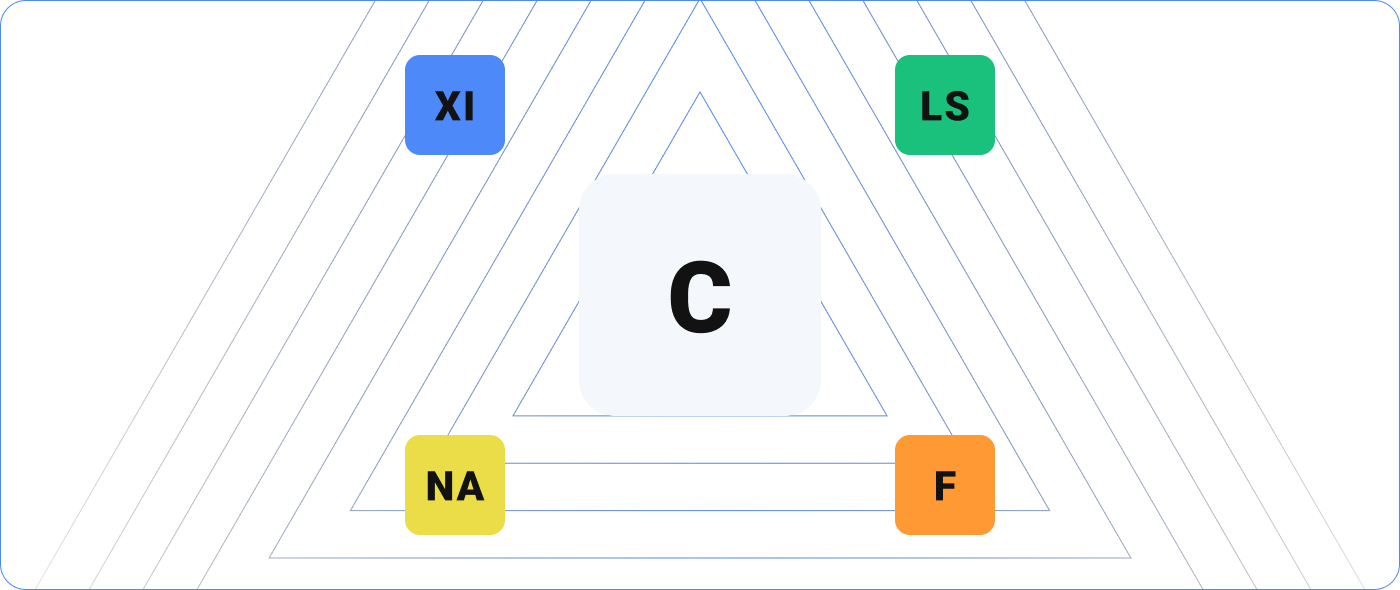IT infrastructure monitoring is changing. New or enhanced technology is emerging, businesses are becoming more global, and they increasingly rely on the performance of their devices, networks, and servers for sustained revenue.
Below are the top five IT infrastructure monitoring trends that are important and often discussed with our clients and that all IT teams should be aware of:
1. A Rapid Shift to Hybrid Environments
The number of businesses embracing cloud architecture and deployment continues to increase rapidly. Gone are the days when IT teams were only responsible for managing on-premise infrastructure; the cloud is increasingly important.
We tend to think of the cloud as a place where businesses host their main applications and data sources. We’re now seeing them move other services that they traditionally hosted onsite to the cloud, like communication tools and ancillary applications. For example, it’s been a common practice for several years for businesses to use Amazon Web Services (AWS) to host their billing tool and data warehouse. As of recently, they are also moving their communication services to the cloud by using products like RingCentral or Slack for Business.
Learn more about cloud monitoring with Nagios.
The challenge with moving so many services to the cloud is that one error in one product can cause a complete outage across all services hosted by that same cloud. As a result, as businesses move more solutions to the cloud, they’re also reinvesting back into onsite storage to synchronize the data back down from the cloud to gain more control of the data.
This shift back to on-premise hosting creates a hybrid environment. Businesses are investing heavily in the cloud, but at the same time, they realize that their data can’t sit entirely in the hands of just one cloud company. IT teams are now responsible for managing and monitoring an increasingly complex combination of on-premise solutions and multi-cloud vendors. These hybrid environments make it more critical than ever for them to be on top of their IT monitoring and for IT monitoring solutions to accommodate these environments.
2. Increased Demand for Advanced Analytics and Reporting
More than ever before, IT teams must be proactive, identifying issues in the IT infrastructure before they disrupt business operations. Proactive monitoring is critical because businesses increasingly depend on IT to deliver their product or service and, in turn, generate revenue. For example, certain business types rely almost entirely on their website and eCommerce tools to generate revenue, and this is especially the case if businesses ever have to close their physical stores like many had to during COVID-19. IT is essential to business operations, and executives are interested in understanding what operational IT metrics mean.
IT monitoring solutions need analytics and reporting that not only pinpoint the most important metrics for these key stakeholders but also provide context for what they mean in terms of the business. This requires a monitoring tool that can capture the needed data in the right way, whether that’s IT performance data, sales data, financial accounting information, or marketing analytics, and display it using executive-level dashboards and reports to demonstrate and communicate the information clearly.
Businesses increasingly want to use this information to not only predict future IT operations issues, like when a device will reach capacity, but also as an additional data source for business intelligence and cross-functional teams. They are beginning to look for monitoring solutions that can grab, track, and monitor virtually any type of data source to use it for advanced analytics and reporting.
3. Consolidation into a Single Tool for IT Infrastructure Monitoring
Inflexible IT infrastructure monitoring solutions created a situation in which many businesses had to purchase and deploy multiple products to monitor all of their IT devices. They have since realized that monitoring is complicated and inefficient when users have to log into various tools to get a clear picture of what’s happening.
As a result, migrating to a single tool has become an IT infrastructure monitoring trend. Businesses are now seeking solutions that are flexible enough to monitor all of their devices, networks, and servers and that offer the most extensive choices for how they get the data in and out. Having a single view of the IT infrastructure is vital as IT teams work to manage many moving and changing parts. Moving to one tool helps them better assess and report on IT performance.
4. Checking the Status of Applications Using IT Monitoring
As businesses become more developer-centric and focused on building applications and programs, IT teams are increasingly looking to monitor and report on the performance of these applications. Rather than running a check to make sure that a device or network is online, IT teams are running more complex checks on applications to ensure they’re working correctly. IT monitoring solutions that enable your team to monitor applications easily are another IT infrastructure monitoring trend.
For example, a business could configure a check that asks an application to open, perform some action, and then send the result back to the IT monitoring solution. This action could be as simple as opening an Excel file, asking the program to enter “5+3” into a cell, and sending that result to the monitoring solution to confirm its accuracy. It could also be more complex, including opening a proprietary application to ensure it is functioning correctly. Doing proactive checks on applications helps IT teams quickly spot issues and reduces the number of support tickets they have to manage. This helps the team reduce business disruptions, which is particularly important when IT teams race to support business changes during times of crisis.
Related reading: Scaling your IT infrastructure monitoring solution with company growth
Managing an IT infrastructure has moved beyond monitoring devices. An increased focus on application development has created a need for IT monitoring solutions to monitor and report their performance.
5. Greater Emphasis on Cybersecurity and Compliance
Cybersecurity is always top of mind for IT teams as they focus on the security of their networks. This IT infrastructure monitoring trend has been around for several years, but it continues to increase in importance. In fact, according to McKinsey Digital, nearly 80 percent of technology executives say they can’t keep up with attackers’ increasing sophistication.
To ensure any internal security threats are accurately pinpointed, the IT team will need access to information that logs all activity within the tool. They also need to receive data from various devices and network sources to monitor for any abnormal activity (e.g., a spike in failed password attempts). The IT team not only needs to receive information on this activity but also needs to receive alerts so they can respond as quickly as possible to any potential threats.
Executives also want access to this information since cybersecurity impacts critical business operations and metrics, which further increases the need for executive-level analytics and reporting.
The IT environment is changing rapidly. IT teams that stay on top of evolving IT infrastructure monitoring trends position themselves to lead their businesses and guide them to future success.


